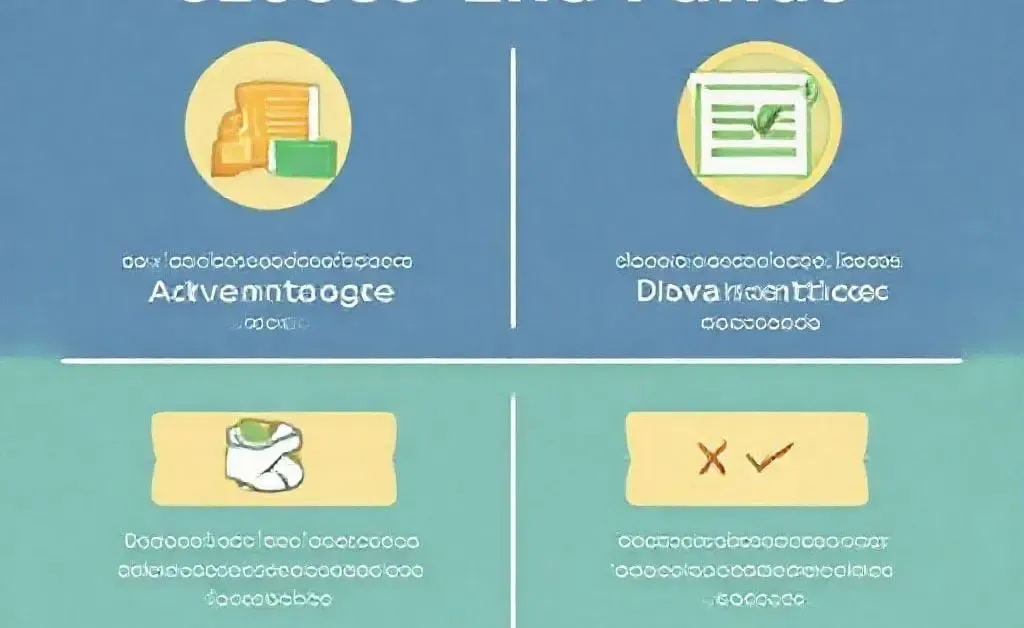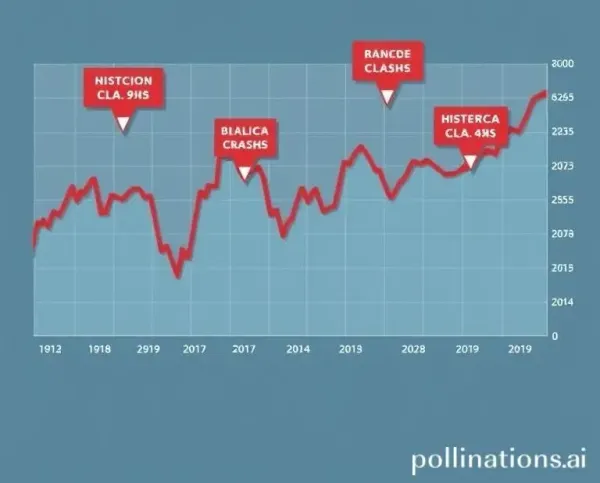Navigating the Pros and Cons of Closed-End Funds for Retirement
Explore the ups and downs of closed-end funds for your retirement strategy.

Have you ever pondered if closed-end funds could be a solid addition to your retirement toolkit? If these questions are on your mind, you're definitely not alone. Many investors wonder how these investment vehicles fit into their long-term strategies. Let's dive into the world of closed-end funds for retirement and see if they're your golden ticket or something to approach with caution.
What Exactly are Closed-End Funds?
Picture this: you're having a chat with a friend about investing options over coffee. They mention something called a closed-end fund and you nod along, pretending to know what they're talking about. Don't worry, we've all been there! In simple terms, closed-end funds pool money from investors to purchase a diversified portfolio of securities. They function similarly to mutual funds but come with a set number of shares. It's like booking a seat on a plane; once it's full, it's full.
Why Consider Closed-End Funds?
Now, here's where things get interesting. Closed-end funds can be a nifty addition to your portfolio for several reasons:
- Income Generation: Many closed-end funds focus on income generation, offering attractive yields compared to other investment options.
- Professional Management: These funds are typically managed by seasoned professionals navigating the markets on your behalf.
- Diversification: With investments spanning different sectors and asset classes, you can diversify your portfolio and mitigate risks.

The Drawbacks to Keep in Mind
But hold on a second, there are trade-offs to consider. While closed-end funds have their perks, it's essential to be aware of the potential downsides:
- Market Price Volatility: The shares can trade at prices significantly different from their net asset value, posing unique risks.
- Leverage Risks: Some funds use leverage to enhance returns, which can be a double-edged sword, amplifying both gains and losses.
- Liquidity Concerns: Unlike open-end funds, closed-end funds may not be as liquid - selling shares could be more challenging.

Building a Balanced Retirement Strategy
So, how do closed-end funds fit into your retirement plan? It's all about finding balance. Consider these funds as a piece of a broader investment strategy, carefully weighed against your risk tolerance, investment goals, and time horizon. Imagine planning your retirement like hosting a dinner party. You wouldn't just serve dessert (no matter how tempting), and the same goes for investments - diversification is key. Mixing a variety of assets, like stocks, bonds, and closed-end funds, could create a well-rounded and resilient portfolio.

Is It the Right Choice for You?
So, where do closed-end funds leave us? They're not a one-size-fits-all solution. They're more like an acquired taste - appreciated by some, yet not suited to everyone. The decision to include closed-end funds in your retirement strategy should consider your financial goals, risk appetite, and the bigger economic picture.
Now that we've unraveled the world of closed-end funds, I'd love to hear your thoughts: Do you think they're a worthy addition to your retirement plan? What other strategies are you considering to achieve financial security in your golden years?




